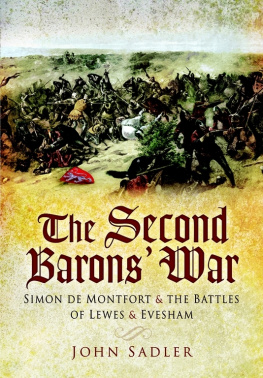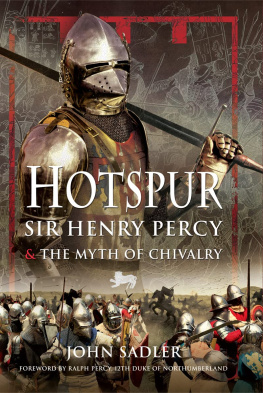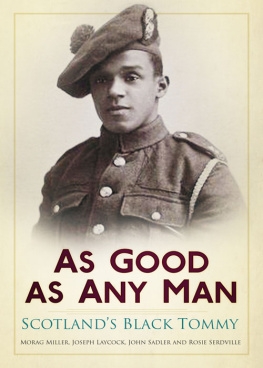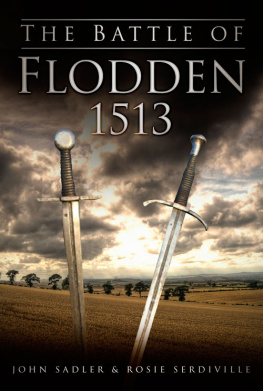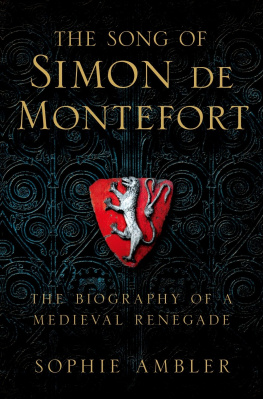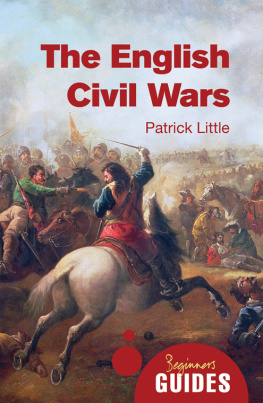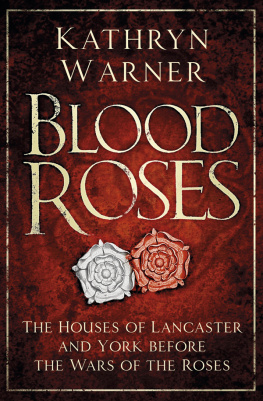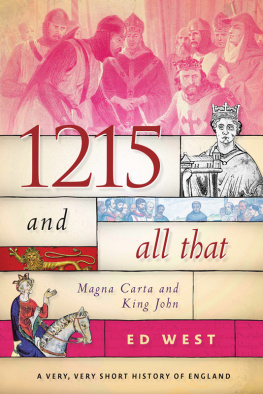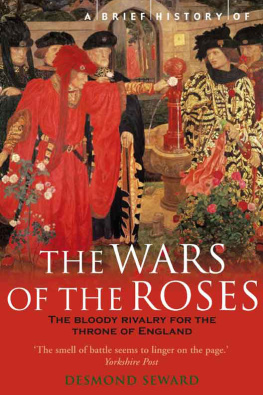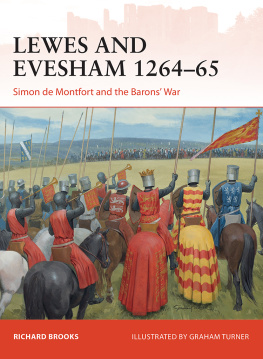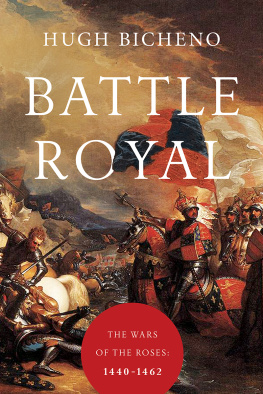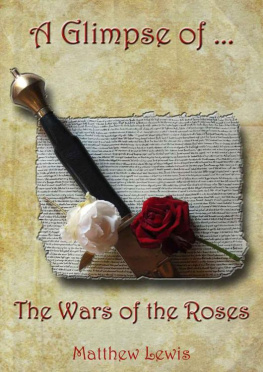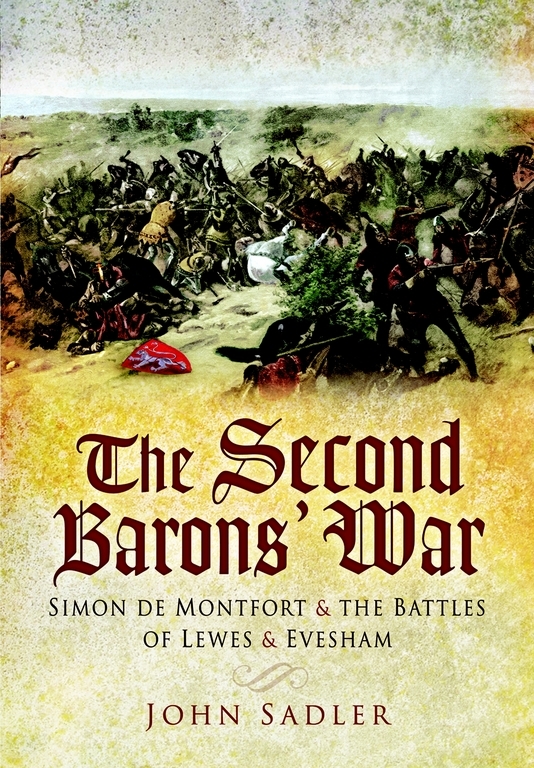The right of John Sadler to be identified as the author of this work has been asserted by him in accordance with the Copyright, Designs and Patents Act 1988.
All rights reserved. No part of this book may be reproduced or transmitted in any form or by any means, electronic or mechanical including photocopying, recording or by any information storage and retrieval system, without permission from the Publisher in writing.
Preface and Acknowledgements
T he death of chivalry, a description applied to the Battle of Evesham, is an emotive title, especially to any of my generation who was brought up on fifties and early sixties childrens TV programmes such as Knights of the Round Table , Robin Hood (the version with Richard Greene in the title role), William Tell and, of course, Ivanhoe Roger Moore in his pre Saint days. These went in tandem with reading such books as the Puffin version of Knights of the Round Table by Roger Lancelyn-Green, the novels of Rosemary Sutcliff, Henry Treece and survivors from G.A. Henty, Stevenson and Dumas, naturally. Knighthood and the manly virtues of chivalry were paramount, and the medieval tradition was carried forward by Biggles, Beau Geste and Karl the Viking.
Nowadays I imagine all of these are frowned upon as extolling the unfashionable or, worse, inappropriate ideals of elitism, militarism and imperialism and, along with Enid Blyton, have been banished by the dead hand of political correctness. Now, even the most ardent romantic amongst us must concede that the Middle Ages and medieval warfare were neither pretty nor honourable; the battles of which I will write hereafter were savage and bloody, merciless, cruel and vicious. Virtue and compassion are hard to detect.
Sword and lance will, nonetheless, continue to smack far more of honour than a cruise missile or thermobaric bomb. Medieval battles were at least fought over small areas, generally without any long-term, detrimental impact the odd pile of bones to be sure, but these are bio-degradable. Most of those who fought were household men or mercenaries; armies were far fewer in number and the bulk of casualties by far were the combatants themselves. This is not to say that war was gentlemanly; it was not. It was, however, more gentlemanly and less destructive than today. The profession of arms was the only career route open to a gentleman of birth, bar the church, and quite frequently leading prelates managed to combine the mace and the mitre quite seamlessly, Anthony Bek, the Prince Bishop of Durham in Edward Is reign, being a significant example.
The events described here of the early and mid-thirteenth century were pivotal to the social and cultural history of Britain. Magna Carta, the core concept of consensual government, as opposed to the unfettered exercise of the royal prerogative, was a key step in the countrys political history, shaping the way the British live today. Whether those fathers of what became democratic rule would recognize the government of today is hard to assess. It is inconceivable they could applaud a generation of politicians so irretrievably enmired in spin and venality, though corruption and nepotism were scarcely unknown in their day.
A note on money: in the thirteenth century the pound sterling comprised twenty shillings, each of twelve pennies, but marks were also used, being equal to two-thirds of the value of the pound, i.e. thirteen shillings and four pence. Attempts to provide comparative values are particularly fraught and must be treated with caution. At this time a wealthy magnate of the first rank might enjoy an annual income of, say, 5,000 per annum; knights were paid at the rate of 2 per diem and the lowly foot a mere two pence.
During the early thirteenth century a pernicious practice had arisen of clipping or counterfeiting coins; overseas moneychangers who, like jackals, followed papal tax-collectors and itinerant merchants were not well regarded. This continual debasement of the English coinage aroused much ire. Henry III certainly attempted to curtail these practices and declared that every penny must be of standard weight and size. Jewish money-lenders were much blamed, justly or otherwise. Coin was the currency, primarily, of the urban commercial bourgeoisie; the knights of the shires probably saw relatively little. Paper money of course and promissory notes were unknown.
In writing this present volume I am indebted to the following for their generous assistance: Rupert Harding and Philip Sidnell at Pen & Sword; Chloe Rodham, who drew the maps; the staff of the National Archives, Royal Armouries, Leeds; the Wallace Collection; and the Almonry at Evesham. Rosie Serdiville and Philip Walling for proofreading and trenchant editorial advice; Ed Wimble; Catherine Turner of Durham Cathedral Library; Iain Dickie and Michael Rayner of the Battlefields Trust; Tony Whiting of Evesham Tourist Centre; John Wollaston; Beryl Charlton; and particularly Tony Spicer, who has been most generous with his researches. Lastly, and as ever, I am indebted to my wife for her continuing patience during the gestation and birth of yet another history.
Any errors or omissions are, of course, and remain my sole responsibility.
John Sadler
Northumberland, winter 2007 2008
Dedication
This one is for Philip
List of Illustrations
The Almonry. This monastic survivor now houses an information centre and battle room.
St Lawrences Church. The Abbey Park marks the muster point for the Montfortians on the morning of the battle.
The Abbey Tower. This survives (altered since the thirteenth century) in the Abbey Park in the centre of the modern town.
Green Hill, looking eastwards toward the field. Edwards division would have been deployed on the left and de Clares on the right.
Green Hill, looking westwards back towards the town. It was up the line of the present High Street that de Montforts knights rode on the day of the battle.
The Leicester Tower. Built by Edward Rudge in 1842, it is said to be based on Guys Tower at Warwick Castle.
The Leicester Tower commemorative plaque.
The Obelisk, north panel.
The Obelisk, east panel. I am Henry of Winchester your King: Do not kill me.
The Obelisk, south panel.
The Obelisk, west panel.
The Obelisk viewed from the north. Rudge also erected the pleasingly proportioned Obelisk, now obscured by planting.
The field, viewed from the Squires. This is looking south and east from the Squires.
View of the Downs above Lewes. A general view showing the rolling terrain.

